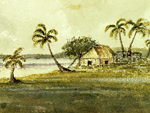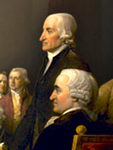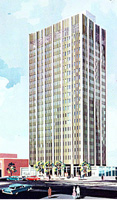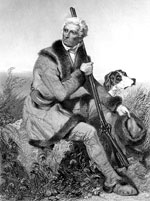This website offers opportunities for teachers and students to explore the Bill of Rights in a multitude of ways and includes information about educational opportunities for students and teachers in addition to their online content. (The institute puts on Constitutional seminars for teachers as well as a Constitution Academy and essay contest for students.)
On the website itself teachers will find information on Constitution Day, more than 90 lesson plans which incorporate the Bill of Rights, daily news headlines relating to the Bill of Rights, and one-to-three sentence summaries of more than 150 Supreme Court cases in 15 different thematic categories such as freedom of speech, federalism, and freedom of the press. The Supreme Court case feature is especially useful if you are looking for a brief description of the case and its central issues.
The site is very easy to navigate and the Institute has clearly made an effort to streamline the search for information. One particular example of this is the Americapedia. This resource allows teachers and students to find identifications and definitions for people and words commonly associated with the study of the Bill of Rights and the Constitution. The Americapedia is organized into five categories—Civic Values, The Constitution, Documents, Landmark Supreme Court Cases, and People—with 1560 definitions in each section.
Another area of this site clearly designed for ease of use is the primary documents section. In this section you will find 11 foundational primary source documents in addition to the Declaration of Independence, Constitution, Bill of Rights, and other amendments. Such a short list of documents means finding relevant information quickly, but some may find this section quite limited if doing in-depth research.
Finally, for teachers and students looking for a little variety in their study of the Bill of Rights, this site offers some interactive games. While the “Life Without the Bill of Rights?” and “Constitution Duel Quiz” games could be good for lesson introduction or class discussion, the “Madison’s Notes are Missing” game offers an opportunity for more in-depth student inquiry and requires interaction beyond just the click of a mouse.
Teachinghistory.org Teacher Representative Seth Swihart wrote this Website Review. Learn more about our Teacher Representatives.




